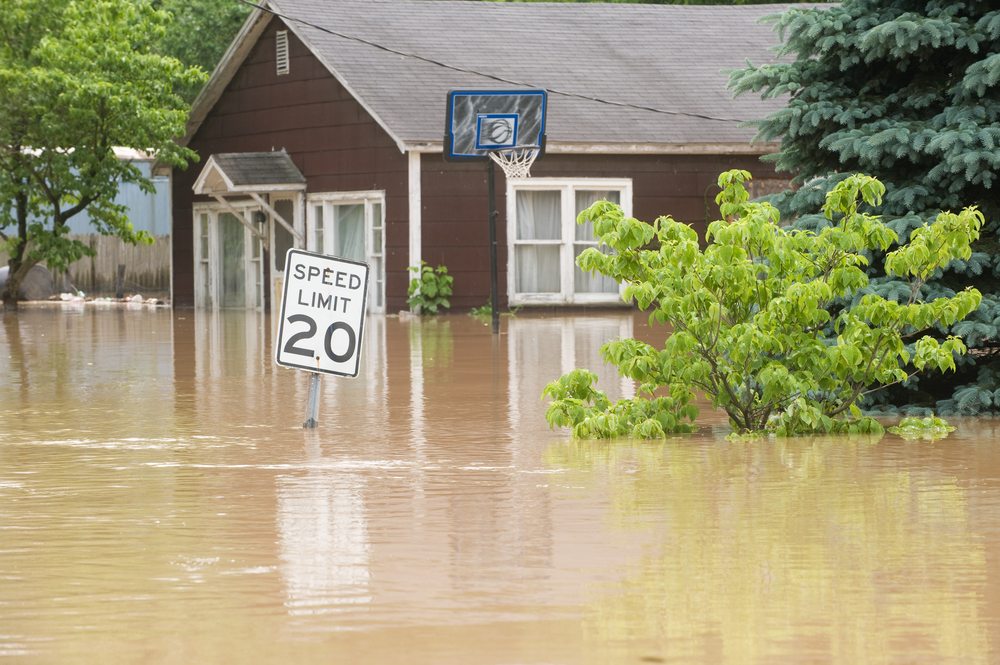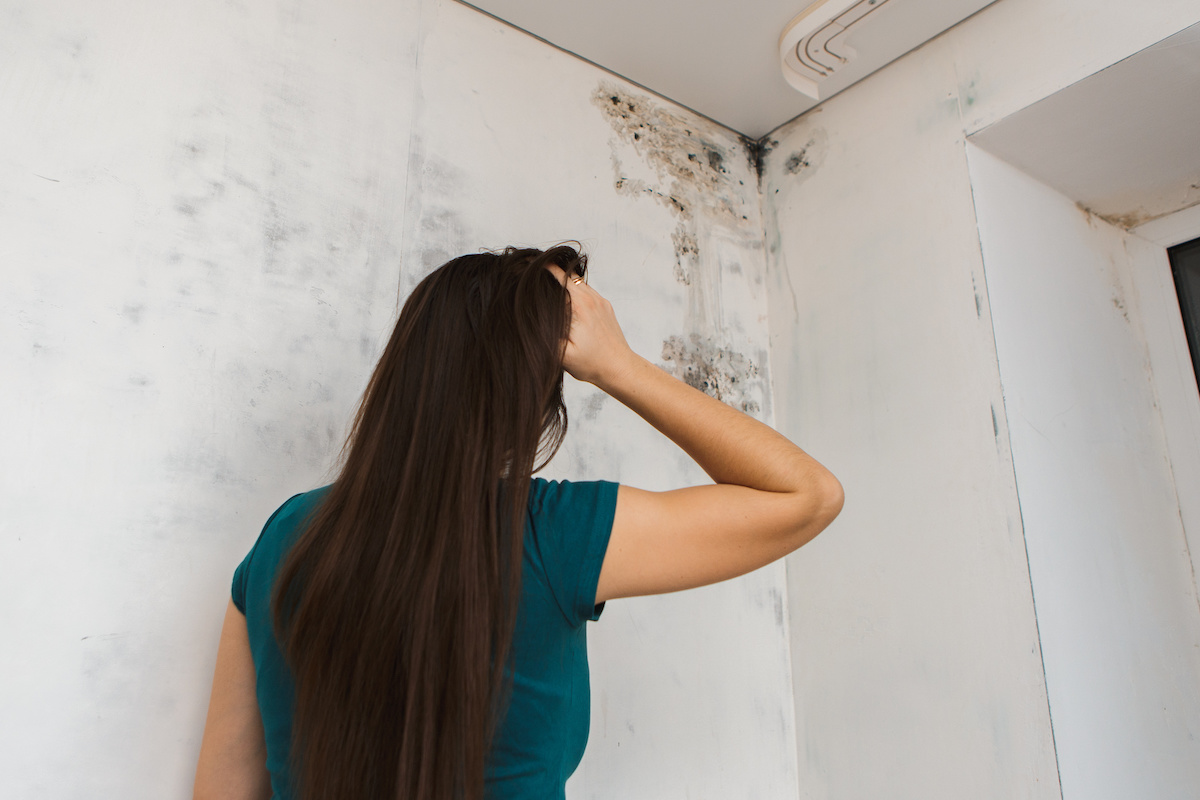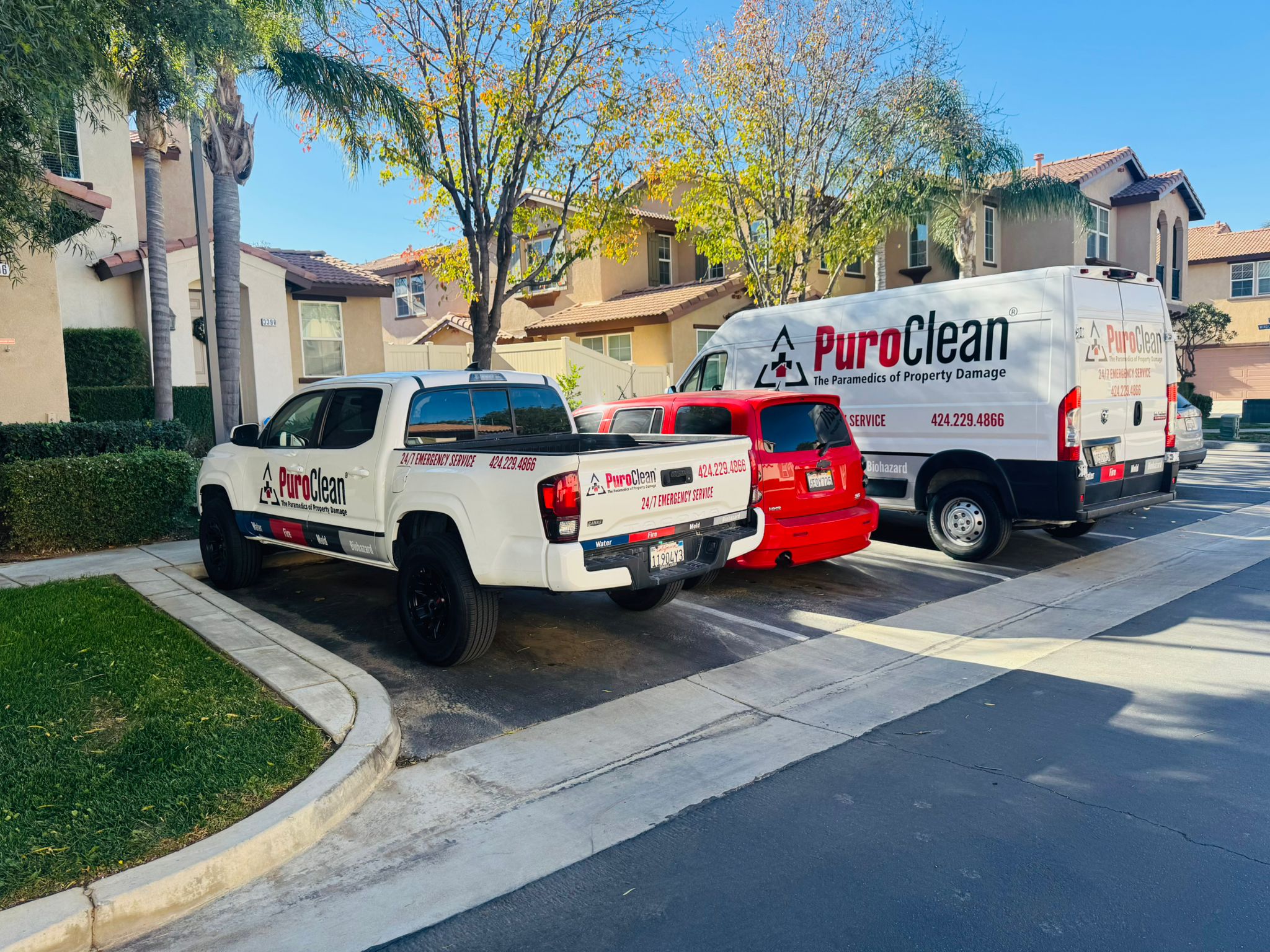Table of Contents

Flood damage can be devastating for homeowners and businesses in Bellflower. Whether caused by heavy rains, burst pipes, or overflowing drains, water damage can lead to mold growth, structural issues, and health hazards if not addressed promptly. This guide walks you through the essential steps of flood damage restoration and why professional assistance is crucial for a thorough recovery.
The Essential Steps of Flood Damage Restoration in Bellflower
Step 1: Ensure Safety First
Before assessing the extent, prioritize safety:
- Turn off electricity and gas to prevent hazards.
- Wear protective gear, such as gloves and masks.
- Avoid contact with contaminated water, which may contain bacteria and debris.
If the damage is extensive, evacuate the premises and wait for professional assistance.
Step 2: Assess the Extent of Flood Damage
Once it is safe, document the damage:
- Take photos and videos of affected areas.
- Make a list of damaged belongings for insurance claims.
- Identify structural issues, such as weakened floors or walls.
A thorough assessment helps determine the best restoration plan and aids in the insurance claims process.
Step 3: Extract Water and Dry the Area
The sooner you remove water, the lower the risk of mold and further flood damage:
- Use pumps and wet vacuums to extract standing water.
- Set up dehumidifiers and industrial fans to speed up drying.
- Remove soaked carpets, furniture, and drywall to prevent mold growth.
Professional flood damage restoration teams use advanced drying techniques to ensure complete moisture removal.
Step 4: Clean and Sanitize
Floodwater can bring contaminants into your home, requiring thorough cleaning:
- Disinfect all surfaces with antimicrobial treatments.
- Dispose of unsalvageable materials properly.
- Clean air ducts and HVAC systems to remove lingering moisture and bacteria.
Proper sanitation prevents health hazards and long-term damage from mold and bacteria.

Step 5: Restore and Repair
Once the area is dry and sanitized, it’s time to restore your property:
- Replace drywall, flooring, and insulation as needed.
- Repair structural damage to walls, ceilings, and foundations.
- Repaint and refinish affected areas for a complete recovery.
Depending on the severity of the damage, restoration can be a complex process that requires professional expertise.
For professional flood damage restoration in Bellflower, call us at (562) 356-8500.

Frequently Asked Questions (FAQs)
How long does flood damage restoration take?
The duration of restoration depends on the extent of the damage. Minor water damage may take a few days, while severe cases can take weeks to fully restore.
Does insurance cover the restoration?
It depends on your insurance policy. Standard homeowner’s insurance may not cover the damage, but separate flood insurance policies may provide coverage. Check with your insurance provider for details.
Can I clean up the damage myself?
While minor water damage can sometimes be managed with DIY methods, professional restoration is recommended for significant damage to ensure thorough drying, mold prevention, and structural safety.
What are the health risks of flood damage?
The damage can lead to mold growth, bacterial contamination, and weakened structures, all of which can pose serious health risks such as respiratory issues, infections, and allergies.


 PuroClean of Bellflower
PuroClean of Bellflower